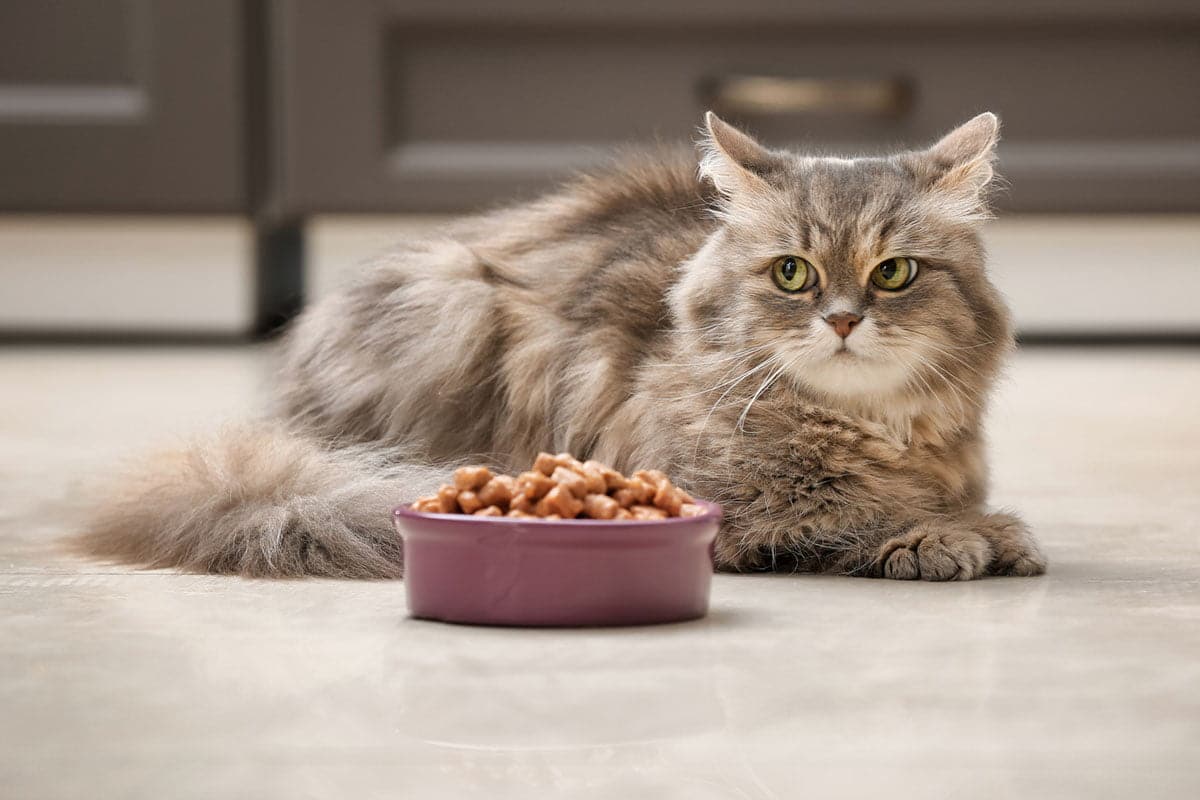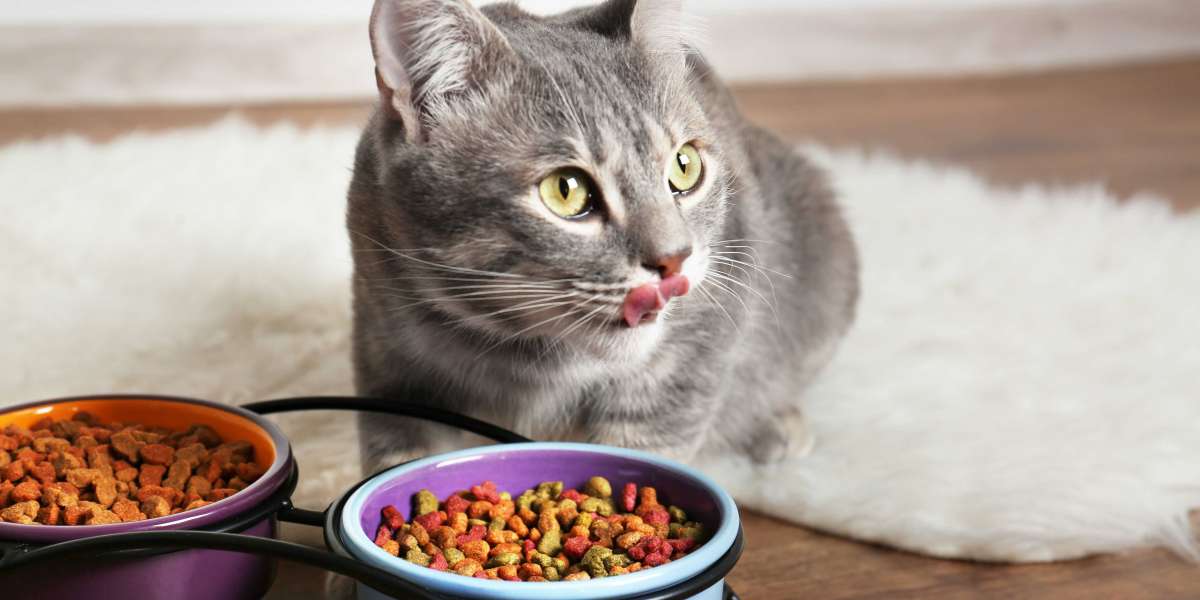Cats hold a special place in our hearts as beloved companions. Ensuring their health and happiness is a priority for every cat owner. One crucial aspect of feline well-being is their diet. While dry kibble has its benefits, wet food wounder offers a myriad of advantages that can contribute to your cat's overall health and vitality. In this blog, we'll delve into the wonders of wet food, exploring when and how to treat your cat to this nutritionally-rich option.

The Benefits of Wet Food
- Hydration Hero: Cats are notorious for being reluctant drinkers, which can lead to dehydration and urinary tract issues. Wet cat food's high moisture content helps keep your feline friend properly hydrated, reducing the risk of these health problems.
- Weight Management: Wet food often has fewer carbohydrates and fewer calories compared to dry kibble. This makes it an excellent choice for weight management and preventing obesity in your cat.
- Urinary Health: The extra moisture in wet food promotes urinary tract health, minimizing the occurrence of painful conditions like urinary crystals or stones.
- Digestive Wellness: Cats' ancestors primarily consumed prey, which had a high moisture content. Wet food mirrors this natural diet, aiding in proper digestion and reducing the likelihood of constipation.
- Palatability: The rich aroma and flavors of wet cat food are appealing to most felines, even those with finicky appetites. This can be especially helpful when dealing with senior cats or those recovering from illnesses.
When to Incorporate Wet Food
- Life Stages: Kittens, senior cats, and those with medical conditions can benefit greatly from wet food. Kittens require extra nutrients for growth, while seniors often face dental challenges that wet food's softer texture can alleviate.
- Variety and Balance: A mix of wet and dry food can offer a balanced diet. Providing wet food as an occasional treat or supplement ensures your cat gets the best of both worlds.
- Weight Control: If your cat is struggling with obesity, a shift towards wet food can help with weight management due to its lower caloric content.
How to Introduce Wet Food
- Transition Gradually: Cats can be sensitive to dietary changes. Introduce wet food slowly by mixing a small amount with your cat's current diet. Gradually increase the proportion of wet food over a week or two.
- Texture Matters: Cats can be particular about textures. If your feline friend doesn't immediately take to pate, chunks, or shreds, experiment with different textures to find their preference.
- Scheduled Meals: Establish a feeding routine with scheduled meal times. This not only helps your cat anticipate mealtime but also prevents overeating.
Conclusion:
Choosing the right diet for your cat is a decision that significantly impacts their well-being. Wet food offers an array of benefits, from hydration to urinary health, making it a worthy addition to your cat's dietary repertoire. By underst impacts anding when and how to incorporate wet food into your cat's diet, you can provide them with a delectable and nutritious experience that contributes to their overall happiness and vitality. Always consult your veterinarian before making any major dietary changes to ensure your cat's specific needs are met.
FAQs:
- Is wet cat food better than dry cat food?
Wet cat food offers several advantages over dry cat food, including higher moisture content, better hydration, lower carbohydrate content, and improved urinary tract health. However, both wet and dry foods have their benefits, and a balanced approach that suits your cat's individual needs is often recommended.
- How often should I feed my cat wet food?
The frequency of feeding wet food depends on factors such as your cat's age, weight, activity level, and any underlying health conditions. Generally, feeding wet food once or twice a day as a supplement to their regular diet can be beneficial. Consult your veterinarian for personalized recommendations.
- Can I feed my kitten wet food?
Yes, wet cat food can be particularly beneficial for kittens. Kittens require extra nutrients for growth and development, and the high moisture content in wet food supports their hydration needs. However, ensure that the wet food you choose is formulated specifically for kittens.
- Is wet food suitable for senior cats?
Yes, wet food is often recommended for senior cats. As cats age, they may experience dental issues, and the softer texture of wet food can make it easier for them to eat. Additionally, the hydration benefits of wet food can be especially important for senior cats' overall health.
- Can I mix wet and dry cat food?
Yes, mixing wet and dry cat food can provide a balanced diet for your feline friend. This combination offers the benefits of both types of food. However, ensure that you maintain the appropriate portion sizes and consult your veterinarian to ensure your cat's nutritional needs are met.
- How do I transition my cat to wet food?
To transition your cat to wet food, do so gradually. Start by mixing a small amount of wet food with their current diet. Over the course of a week or two, increase the proportion of wet food while decreasing the dry food. This gradual transition helps prevent digestive upset.
- My cat is a picky eater. What can I do?
Cats can indeed be finicky eaters. If your cat is hesitant to try wet food, experiment with different textures and flavors to find what they prefer. Offering a variety of options may encourage them to explore new tastes.
- Can wet food help with urinary tract issues?
Yes, wet cat food's high moisture content can help prevent urinary tract issues by promoting proper hydration and flushing out the urinary system. If your cat has a history of urinary problems, consult your veterinarian for specific dietary recommendations.
- How do I store and serve wet cat food?
Store wet cat food according to the packaging instructions, typically in a cool, dry place or the refrigerator if opened. Serve wet food at room temperature or slightly warmed to enhance its aroma. Be sure to discard any uneaten food within a few hours to prevent spoilage.
- Can I solely feed my cat wet food?
While wet food offers many benefits, it's not strictly necessary to exclusively feed your cat wet food. A balanced diet can include a combination of wet and dry food. Consult your veterinarian to determine the best feeding plan for your cat's specific needs.
Remember that every cat is unique, and consulting with your veterinarian before making significant dietary changes is crucial to ensure your cat's optimal health and well-being.








